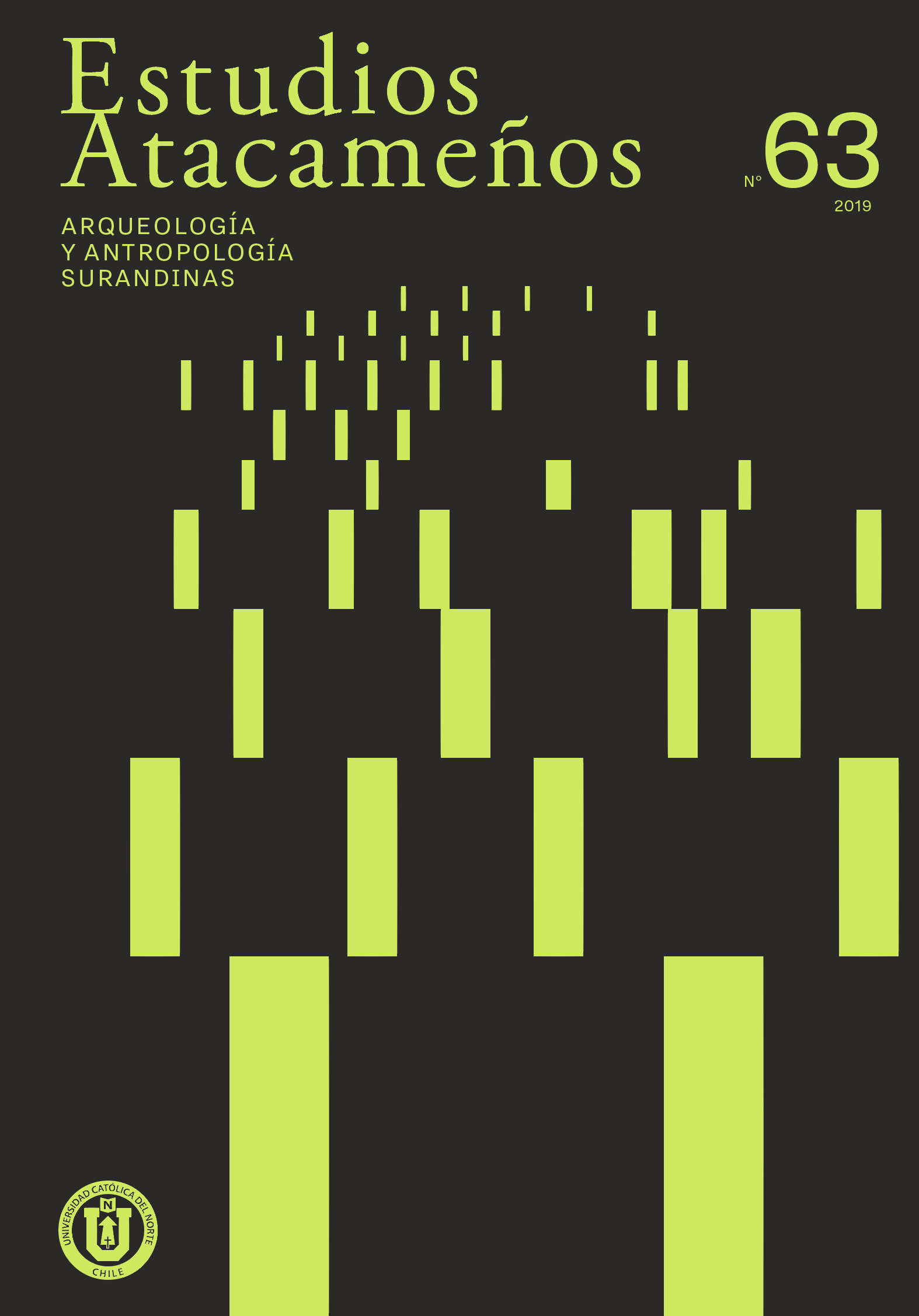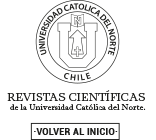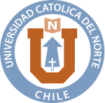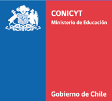Templos modernos y espacios sagrados:
Territorios hidrosociales entrelazados en Cuchoquesera, Perú
DOI:
https://doi.org/10.22199/issn.0718-1043-2019-0036Palabras clave:
territorios hidrosociales, culturas hídricas, comunidades campesinas, Ayacucho, PerúResumen
Este artículo, muestra cómo un moderno proyecto de desarrollo hidráulico desconfiguró la comprensión local del espacio, agua, y territorio hidrosocial en la región andina de Ayacucho, Perú. Nuestro análisis, se centra en dos lógicas distintas de concebir las estructuras hidro-infraestructurales y practicas relacionadas que juegan un papel crucial en la constitución de las nociones hidroterritoriales: una gran represa de terraplén y una “plataforma ushnu”. Presentamos las prácticas y tecnologías desplegadas por el proyecto modernista-ingenieril conectado a medir fuentes hidro-meteorológicas, levantar marcadores geodésicos, diseñar (la forma y relleno de) la presa y controlar la filtración. La presa del terraplén está construida para proporcionar agua para uso poblacional, riego y electricidad a miles de usuarios. Pero, la represa sumergió el principal humedal y territorio habitado por la comunidad de Cuchoquesera-Quispillaqta – reduciendo sus prácticas y objetos hídrico-rituales e incluyendo sus nociones de filtración, forma y relleno de la plataforma ushnu, marcadores comunitarios y seres de montaña protectores del territorio. En este contexto, ambos territorios hidrosociales ocupan el mismo espacio, interactúan y entrelazan en fricción mutua. Esto ha producido cambios en los paradigmas y las prácticas tanto de la ingeniería de riego como del uso comunitario del suelo, el agua y espacio sagrado.
Citas
ABA (1998). Kancha Chacra Sunqulla. La Cultura Agrocéntrica en el ayllu Quispillaqta. Lima: Asociación Bartolomé Aripaylla y Pratec.
ABA (2014). Yakumama - Madre Agua. Lagunas de lluvia y comunidades criadores del agua. Lima: Asociación Bartolomé Aripaylla.
Allen, C. (2014). Ushnus and interiority. En Inca sacred space: landscape, site and symbol in the Andes (pp. 71-77). Londres: Archetype.
Allen, C. (2015). The whole world is watching: new perspectives on Andean animism. En The Archaeology of Wak’as. Explorations of the Sacred in the Pre-Columbian Andes (pp. 23-46). Boulder, CO: University Press of Colorado.
Boelens, R. (2014). Cultural politics and the hydrosocial cycle: Water, power and identity in the Andean highlands. Geoforum, 47, 234-247.
Boelens, R. (2015). Water, power and identity. The cultural politics of water in the Andes. London: Earthscan, Routledge.
Boelens, R. y Seemann, M. (2014). Forced Engagements. Water Security and Local Rights Formalization in Yanque, Colca Valley, Peru. Human Organization, 73(1), 1-12.
Boelens, R., Hoogesteger, J., Swyngedouw, E., Vos, J. y Wester, P. (2016). Hydro-social Territories: a political ecology perspective. Water International, 41(1), 1-14.
Branch, N., Fourin, M., Kemp, R., Marini, N., Meddens, F., Onuora, C. y Silva, B. (2014). The landscape, environment and pedo-sedimentary context of Inca stepped platforms (‘ushnus’), Ayacucho Peru. En Inca sacred space: landscape, site and symbol in the Andes (pp. 99-117). Londres: Archetype.
Budds, J. e Hinojosa., L. (2012). Restructuring and rescaling water governance in mining contexts: the co-production of waterscapes in Peru. Water Alternatives, 5(1), 119-137.
Carrol, P. (2012). Water and technoscientific state formation in California. Social Studies of Science, 42(4), 489-516.
Choque, C. y Pizarro, E. (2013). Identidades, continuidades y rupturas en el culto al agua y a los cerros en Socoroma, una comunidad Andina de los altos de Arica. Estudios Atacameños. Arqueología y Antropología Surandinas, 45, 55-74.
Dean, C. (2010). A culture of stone: Inka perspectives on rock. Durham, NC: Duke University Press.
Dean, C. (2011). Inka Water Management and the Symbolic Dimensions of Display Fountains. RES, 59/60, 22-38.
De la Cadena, M. (2015). Earth Beings. Ecologies of practice across Andean worlds. Durham y Londres: Duke University Press.
Del Castillo, L. (2013). La comunidad y la irrigación de Olmos: Una relación nada justa. En Aguas robadas: despojo hídrico y movilización social (pp. 83-102). Quito y Lima: Abya-Yala – IEP.
Domínguez, C. (2013). Olmos, anhelo lambayecano: aspectos simbólicos de los grandes trasvases intercuencas y sus fines políticos. En Aguas robadas: despojo hídrico y movilización social (pp. 103-116). Quito y Lima: Abya-Yala – IEP.
Domínguez, C., Verzijl, A., Zwarteveen, M. (2017). Water footprints and ‘pozas’: Conversations between practices and knowledges of water efficiency. Water, 9(1), 16.
Duarte, B., Boelens, R. y Roa, T. (2015). Hydropower, encroachment and the repatterning of hydrosocial territory: The case of Hidrosogamoso in Colombia. Human Organization, 74(3), 243-254.
Escalante, C. y Valderrama, R. (2014). Sacred mountains and rituals in the Andes. En Inca sacred space: landscape, site and symbol in the Andes (pp. 147-156). Londres: Archetype.
Ferreira, F. (2014). ‘Ritual mixing’: an ethnographic approach to combination of fills from different origins in Inca ushnu platforms. En Inca sacred space: landscape, site and symbol in the Andes (pp. 119-126). Londres: Archetype.
Gelles, P. (2000). Water and Power in Highland Peru. New Brunswick, NJ: Rutgers University Press.
Gelles, P. (2010). Cultural Identity and Indigenous Water Rights in the Andean Highlands. En Out of the Mainstream. Water Rights, Politics and Identity (pp. 119-144) London & Washington D.C.: Earthscan.
Gerbrandy, G. y Hoogendam, P. (1998). Aguas y Acequias: Los derechos al agua y la gestion campesina de riego en los Andes bolivianos. La Paz: Plural.
Haraway, D. (1988). Situated knowledges: the science question in feminism and the privilege of partial perspective. Feminist Studies, 14(3), 575-599.
Hommes, L. y Boelens, R. (2017). Urbanizing rural waters: Rural-urban water transfers and the reconfiguration of hydrosocial territories in Lima. Political Geography, 57, 71-80.
Hommes, L., Boelens, R. y Maat, H. (2016). Contested hydro-social territories and disputed water governance: struggles and competing claims over the Ilisu Dam development in southeastern Turkey. Geoforum, 71, 9-20.
Hoogesteger, J., Boelens, R. y Baud, M. (2016). Territorial pluralism: water users’ multi-scalar struggles against state ordering in Ecuador’s highlands. Water International, 41(1), 91-106.
Huayhualla, G., Torres, L., Aperrigue, C., Morales, L. y Castro, C. (2010). Estado situacional del sistema hidráulico mayor del ex-Proyecto Especial “Rio Cachi”: Presa Cuchoquesera y Central Hidroeléctrica Catalinayocc. Informe de inspección, Ayacucho. Agosto de 2010.
Isbell, B. J. (1978). To Defend Ourselves. Ecology and ritual in an Andean village. Austin (TX): University of Texas Press.
Kuang, S. (1996). Geodetic network analysis and optimal design: Concepts and applications. Sterling, IL: Sams Publications.
Kutzner, C. (1997). Earth and rockfill dams: Principles for design and construction. Rotterdam: A.A. Balkema.
Linton, J. (2014). Modern water and its discontents: a history of hydrosocial renewal. WIREs Water, 1, 111-120.
Loftus, A. (2007). Working the socio-natural relations of the urban waterscape. International Journal of Urban and Regional Research, 31(1), 41-59.
Massey, D. 2000. Entanglements of power. Reflection. En Entanglements of power: geographies of domination/resistance (pp. 279-286). Londres: Routledge.
McEwan, C. (2014). Cognizing and marking the Andean landscape: ushnus, apachetas, sayhuas and wankas. En Inca sacred space: landscape, site and symbol in the Andes (pp. 29-47) Londres: Archetype.
Meddens, F. 2014. Boundaries at the roof of the world: the ushnu and division in political and religious space. En Inca sacred space: landscape, site and symbol in the Andes (pp. 57-70). Londres: Archetype.
Meddens, F., Branch, N.P., Vivanco, C., Riddiford, N. y Kemp, R. (2008). High Altitude Ushnu Platforms in the Department of Ayacucho Peru, Structure, Ancestors and Animating Essence. En Pre-Columbian landscapes of creation and origin (pp. 315-355). Nueva York, NY: Springer.
Ministerio de Agricultura y Riego (MINAGRI) (2016). Rumbo a un programa nacional de siembra y cosecha de agua: Aportes y reflexiones desde la práctica. Informe, Perú.
Molle, F. (2009). River-basin planning and management: The social life of a concept. Geoforum, 40(3), 484-494.
Moralejo, R. y Gobbo, D. (2015). El Qhapaq ñan como espacio de poder de la política incaica. Estudios Atacameños. Arqueología y Antropología Surandinas, 50, 131-150.
Muñoz, U. y Núñez, O. (2006). Los Kanas de Quispillaccta, historia de un pueblo quechua. Ayacucho: BRIO Informáticos e impresos.
Muñoz, U. y Núñez, O. (2007). Tesauro Kana, Ritos y Tradiciones de Quispillaccta. Ayacucho: BRIO Informáticos e impresos.
Núñez, O. (2016). Quispillacta. En La vida ya no era vida: Un homenaje a la vida y memoria de las víctimas de Allpachaka, Chiara y Quispillacta, Ayacucho-Perú (pp. 195-224). Ayacucho: Paz y Esperanza.
Ogburn, D. (2014). From Cuzco to the Four Quarters & vice-versa: connecting sacred spaces through movement of stone, sand and soil. En Inca sacred space: landscape, site and symbol in the Andes (pp. 91-98). Londres: Archetype.
Orlove, B. y Caton, S. (2010). Water sustainability: Anthropological approaches and prospects. Annual Review of Anthropology, 39, 401-415.
PERC (2005). Evaluación de las Estaciones Hidrometeorológicas e Implementación de un Sistema de Medición Hidrológica en el Proyecto Especial Río Cachi. Informe Final (tomo 1). Ayacucho: Proyecto Especial Río Cachi.
Pino, J. L. (2005). El ushnu y la organización espacial astronómica en la sierra central de Chinchasuyu. Estudios Atacameños, 29, 143-161.
Scott, J. (2006). High modernist social engineering: the case of the Tennessee Valley Authority. En Experiencing the state (pp. 3-52). Nueva York, NY: Oxford University Press.
Sharp, J. P., Routledge, P., Philo, C. y Paddison, R. (2000). Entanglements of power: geographies of domination/resistance. En Entanglements of power: geographies of domination/resistance (pp. 1-34). Londres: Routledge.
Sherbondy, J. (1982). El regadío, los lagos y los mitos de origen. Allpanchis, 17 (20), 3-32.
Sherbondy, J. (1998). Andean irrigation in history. En Searching for Equity (pp. 210-215). Assen: Van Gorcum.
Smith, J. (1997). Introduction to geodesy: The history and concepts of modern geodesy. Nueva York, NY: John Wiley & Sons.
Staler, J. (2014). Lightning (Illapa) and its manifestations: Huacas and Ushnus. En Inca sacred space: landscape, site and symbol in the Andes (pp. 177-188). Londres: Archetype.
Stensrud, A. (2015). Raining in the Andes. Disrupted seasonal and hydrological cycles. En Hastrup, K. y Hastrup, F. (Eds.). Waterworlds. Anthropology in fluid environments (75-92). Nueva York, NY: Bergham Books.
Stern, S. (1998). Shining and Other Paths: War and Society in Peru, 1980-1995. Durham (NC): Duke University Press.
Swyngedouw, E. (1999). Modernity and hybridity: Nature, regeneracionismo, and the production of the Spanish waterscape, 1890-1930. Annals of the Association of American Geographers, 89(3), 443-465.
Swyngedouw, E., y Boelens, R. (publ. prox., 2018) “...And not a single injustice remains. Hydro-territorial colonization and techno-political transformation in Spain. En Water Justice. Cambridge, MA: Cambridge University Press.
Turnbull, D. (2000). Masons, Tricksters and Cartographers. Amsterdam: Harwood Academic.
Verzijl, A. y Guerrero, S. (2013). The system nobody sees. Irrigated Wetland Management and Alpaca Herding in the Peruvian Andes. Mountain Research and Development, 33(3), 280-293.
Verzijl, A. y Domínguez, C. (2015). The powers of water-user associations. On multiplicity, fluidity and durability in the Peruvian Andes. International Journal of the Commons, 9(1), 107-128.
Williams, P. y Nash, D. (2006). Sighting the apu: a GIS analysis of Wari imperialism and the worship of mountain peaks. World Archaeology, 38(3), 455-468.
Zuidema, T. (2008). The astronomical significance of ritual movements in the Calendar of Cuzco. En Pre-Columbian landscapes of creation and origin (pp. 249-268). Nueva York, NY: Springer.
Zuidema, T. (2014). The ushnus of Cusco and sacred centres in Andean ethnography, ethnohistory and archaeology. En Inca sacred space: landscape, site and symbol in the Andes (pp. 5-28). Londres: Archetype.
Publicado
Cómo citar
Número
Sección

Todos los trabajos publicados en Revista Estudios Atacameños (eISSN:0718-1043) están sujetos a una licencia Creative Commons Reconocimiento 4.0 Internacional
Los autores continúan como propietarios de sus trabajos, y pueden volver a publicar sus artículos en otro medio sin tener que solicitar autorización, siempre y cuando indiquen que el trabajo fue publicado originariamente en Revista Estudios Atacameños (eISSN:0718-1043).

















